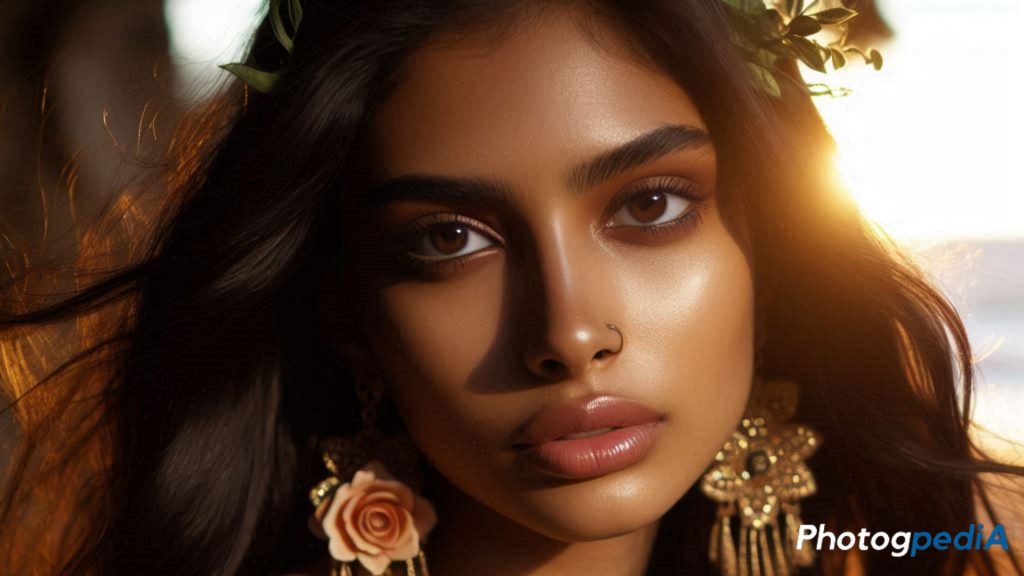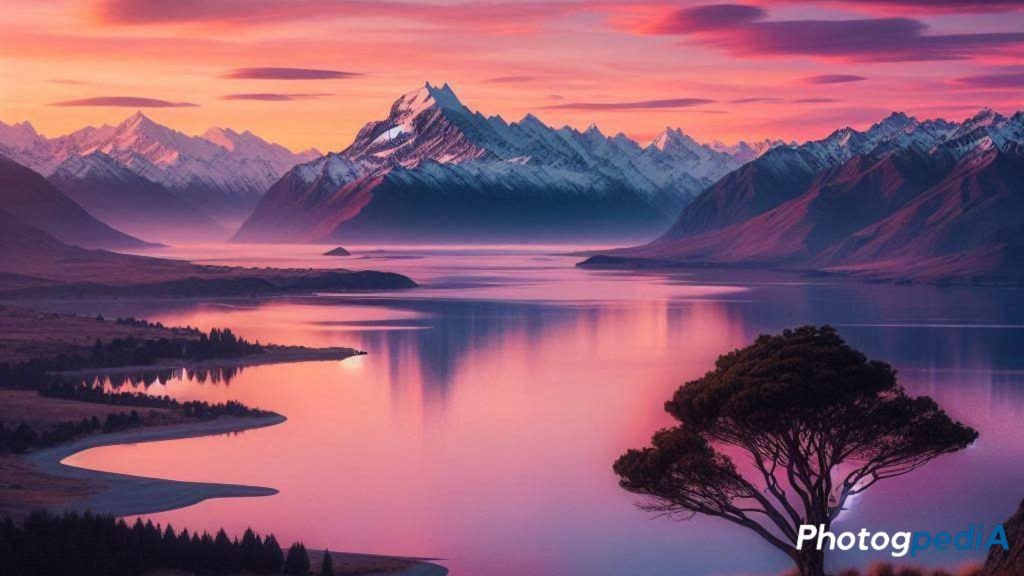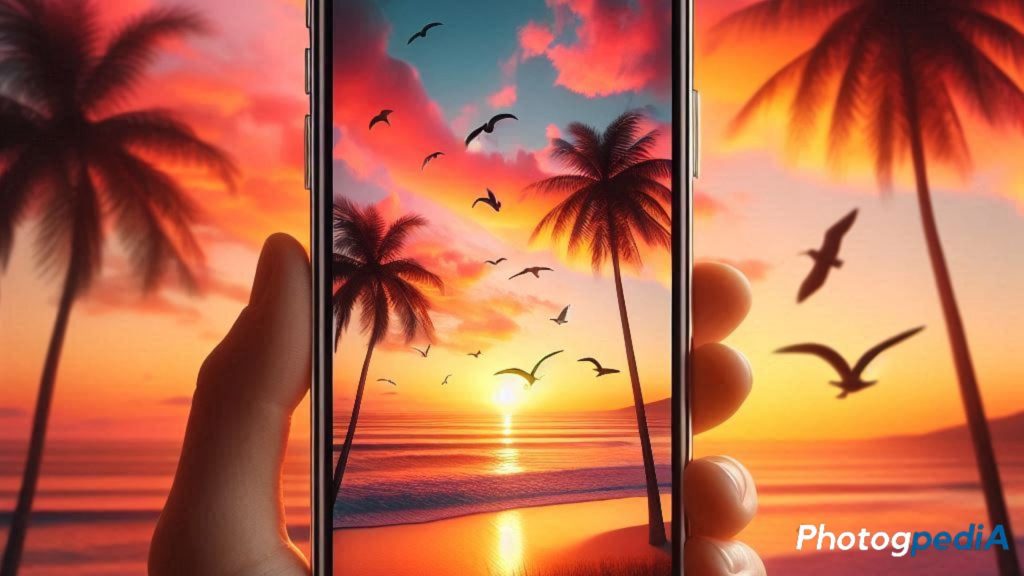Photography isn’t just about pointing your camera and clicking a button. It’s an art that requires a blend of creativity, technical knowledge, and a keen eye for detail. Whether you’re just starting out or have been snapping photos for years, there’s always room to grow. That’s where photography tricks come in. These simple techniques can transform your photos from ordinary to extraordinary, giving you the tools to express your creativity and capture the world in ways you never imagined.
But why should you bother learning photography tricks? Well, the answer is simple: they can make your photos stand out. In a world where everyone has a camera in their pocket, these tricks can help you develop a unique style and improve your technical skills. So, let’s dive into some basic, advanced, and specialized photography tricks that will take your photography to the next level.
Table of Contents
Basic Photography Tricks
Rule of Thirds
The Rule of Thirds is one of the most fundamental photography tricks. Imagine your photo divided into nine equal segments by two vertical and two horizontal lines. The idea is to place the most important elements of your scene along these lines or at their intersections. This simple trick helps to create more balanced and engaging compositions. It’s especially effective in landscape photography, where you can align the horizon along one of the horizontal lines.
Leading Lines
Leading lines are lines within your image that lead the viewer’s eye toward the main subject. These lines can basically be anything from roads and rivers to fences and shadows. The trick is to use these lines to guide the viewer’s gaze through the photo, creating a sense of depth and drawing attention to the focal point.
Natural Framing
Using elements within the scene to frame your subject is another effective trick. Think of doorways, windows, trees, or arches that naturally surround your subject. This technique not only draws focus to the subject but also adds depth and context to the photo.
Advanced Photography Tricks
Long Exposure Techniques
Long exposure photography is all about capturing time in a single frame. By using a slow shutter speed, you can create stunning effects like smooth water, light trails, and motion blur. This trick works best with a tripod to keep your camera steady. Whether you’re photographing a bustling city street at night or a serene waterfall, long exposure adds a magical quality to your shots.
Using Reflections Creatively
Reflections offer a fantastic opportunity to play with symmetry and abstract compositions. Look for reflective surfaces like water, glass, or even puddles after the rain. By positioning your camera at the right angle, you can capture both the subject and its reflection, creating a mirror-like effect that adds interest and depth to your photo.
Light Painting
Light painting involves using a light source, such as a flashlight or sparkler, to “paint” within your photo during a long exposure. This trick can produce some truly unique and artistic images, as you can create patterns, write words, or highlight certain parts of your scene. It’s a fun and creative way to experiment with light in your photography.
Lighting Tricks for Stunning Photos

Golden Hour Magic
The Golden Hour, shortly after sunrise and before sunset, is a photographer’s best friend. The soft, warm light during this time creates beautiful, natural highlights and shadows that can make your photos glow. It’s the perfect time to shoot portraits, landscapes, or just about anything else.
Backlighting for Silhouettes
Backlighting occurs when the light source is behind your subject, creating a dramatic silhouette effect. This trick works particularly well with strong, recognizable shapes, like a person or a tree. To achieve this effect, expose for the background, leaving the subject dark against the bright background.
Using Artificial Light Creatively
Don’t be afraid to experiment with artificial light sources. Whether it’s a lamp, fairy lights, or even a smartphone flashlight, artificial light can add a unique mood or highlight specific parts of your scene. The trick is to play with angles and intensity to get the desired effect.
Composition Photography Tricks to Enhance Your Shots
Symmetry and Patterns
Symmetry and patterns are naturally pleasing to the eye. Look for opportunities to incorporate them into your photos, whether it’s the reflection of a building in water, the lines of a staircase, or the repetitive patterns in architecture. This trick can create a sense of balance and harmony in your photos.
Negative Space Utilization
Negative space refers to the area around and between the subject of an image. Using negative space effectively can make your subject stand out more, create a sense of scale, or evoke emotion. It’s a minimalistic approach that can lead to powerful, impactful images.
Perspective Play
Changing your perspective can dramatically alter the mood and impact of a photo. Try shooting from low angles, high above, or through objects to add a unique twist to a common scene. This trick encourages viewers to see the world from a different point of view.
Camera Photography Settings Tricks
Mastering Depth of Field
Depth of field (DoF) refers to how much of the image is in focus. A shallow DoF, where the subject is in sharp focus and the background is blurred, is great for portraits. A deep DoF, where everything is in focus, works well for landscapes. Mastering DoF allows you to control what stands out in your photo.
Shutter Speed Variations
Shutter speed controls how long the camera’s sensor is exposed to light. Fast shutter speeds freeze action, making it ideal for sports photography, while slow shutter speeds create motion blur, perfect for capturing movement in water or lights. Experimenting with shutter speed can add dynamism and energy to your photos.
ISO Settings for Different Conditions
ISO determines your camera’s sensitivity to light. In low-light conditions, a higher ISO can help you capture clear images without using a flash. However, be mindful of noise, which can increase with higher ISO settings. Understanding how to adjust ISO according to your lighting conditions is key to getting the perfect shot.
Portrait Photography Tricks
Capturing Natural Expressions
One of the best tricks for portrait photography is to capture genuine, natural expressions. Instead of stiff, posed shots, try engaging with your subject, making them laugh or think, to capture moments that reflect their true personality.
Playing with Focus and Blur
Using selective focus and blur can make your portraits pop. By focusing sharply on the eyes and letting the background blur into softness, you create a depth that draws attention directly to the subject. This trick is particularly effective in isolating your subject from a busy background.
Creative Use of Backgrounds
Don’t overlook the background in your portraits. A well-chosen background can complement your subject and add context to your photo. Look for textures, colors, and elements that enhance the overall composition, or use a plain background to keep the focus solely on the subject.
Tricks for Landscape Photography

Creating Depth with Foreground Interest
Adding elements in the foreground can create a sense of depth in your landscape photos. Whether it’s a rock, flowers, or a path leading into the scene, these elements help guide the viewer’s eye through the image, making it feel more three-dimensional.
Capturing Motion in Nature
Nature is full of movement, from flowing rivers to swaying trees. Capturing this motion can add a dynamic element to your landscape photos. Use slower shutter speeds to blur the motion, giving a sense of movement and energy to your images.
Using the Weather to Your Advantage
Don’t shy away from shooting in different weather conditions. Fog, rain, and stormy skies can add mood and drama to your landscapes, creating unique and compelling photos that stand out from the typical sunny day shots.
Urban Photography Tricks
Capturing Movement in Busy Streets
Urban environments are full of life and movement. Capturing the hustle and bustle of city streets can be done by using slow shutter speeds to blur the movement of people and vehicles, creating a sense of the city’s energy and pace.
Reflections in Urban Landscapes
Cities offer plenty of reflective surfaces like glass buildings, puddles, and polished metal. Use these to your advantage to capture interesting compositions and mirror-like effects that add a creative twist to your urban photography.
Playing with Architecture
Architecture offers endless opportunities for creative photography. Look for interesting angles, patterns, and lines in buildings to create abstract compositions. Shooting from unusual perspectives can turn ordinary structures into works of art.
Tricks for Smartphone Photography

Using the Grid Feature
Most smartphones come with a grid feature that helps you apply the Rule of Thirds. This simple tool can drastically improve your composition, making it easier to align your shots and create balanced images.
HDR Mode for Balanced Exposures
HDR (High Dynamic Range) mode captures multiple exposures and combines them into one image, resulting in balanced lighting and more detail in both the shadows and highlights. It’s especially useful in high-contrast scenes, like bright skies over dark landscapes.
Editing Tips for Smartphone Photos
Post-processing is where your smartphone photos can really shine. Use editing apps to adjust brightness, contrast, and saturation, or to apply filters. A little editing can go a long way in making your smartphone photos look professional.
Tricks for Macro Photography
Getting Close for Detail
Macro photography is all about capturing the tiny details of small subjects. Getting close to your subject is key, and a macro lens or close-up filters can help. This trick allows you to reveal details that are often missed by the naked eye, creating fascinating images.
Controlling the Background
In macro photography, the background plays a crucial role. A busy background can distract from the subject, so try to keep it simple. You can also use a shallow depth of field to blur the background, making your subject stand out.
Lighting Tips for Macro Shots
Lighting is critical in macro photography. Use diffused light to avoid harsh shadows and ensure that all the intricate details of your subject are visible. Natural light is often best, but you can also use small reflectors or LED lights to highlight specific areas.
Post-Processing Tricks
Enhancing Colors and Contrast
Post-processing allows you to bring out the best in your photos. Enhancing colors and contrast can make your images pop, adding vibrancy and depth. Use editing software to adjust these elements subtly for a natural look or push them for a more dramatic effect.
Removing Unwanted Elements
Sometimes, the perfect shot is marred by unwanted elements like stray objects or people in the background. Post-processing tools like the clone stamp or healing brush can help you remove these distractions, allowing your main subject to shine.
Creative Filters and Effects
Filters and effects can give your photos a unique style. Whether you prefer vintage, black-and-white, or cinematic looks, experimenting with different filters can help you develop a signature style that sets your photos apart.
Tricks for Creating a Unique Photography Style
Experimenting with Color Palettes
Developing a consistent color palette can help define your photography style. Whether you prefer muted tones, vibrant colors, or monochrome, sticking to a particular palette across your work can make your photos instantly recognizable.
Consistent Composition Techniques
Using consistent composition techniques, such as always shooting from a particular angle or focusing on certain subjects, can help create a cohesive body of work. This consistency is key to developing a unique style that viewers can identify with.
Developing a Signature Editing Process
Your editing process is where your personal style can truly shine. Whether it’s how you adjust colors, apply filters, or crop your images, developing a consistent editing process can help unify your work and make it uniquely yours.
Common Mistakes to Avoid When Trying Photography Tricks
Overcomplicating the Shot
It’s easy to get carried away with trying too many tricks at once. Remember, simplicity is often key to a strong image. Focus on one or two tricks per shot rather than overcomplicating the composition.
Ignoring Lighting Conditions
No matter how many tricks you use, poor lighting can ruin a shot. Always pay attention to the quality and direction of light. Understanding how to work with available light or adding your own light sources can make all the difference.
Not Practicing Enough
Photography is a skill that improves with practice. Don’t get discouraged if your first attempts at using these tricks don’t turn out as expected. Keep experimenting, learning from your mistakes, and refining your techniques.
Conclusion
Photography tricks are more than just gimmicks. They are tools that can elevate your work and help you develop your unique style. By experimenting with these techniques, from basic composition rules to advanced long exposure methods, you can push the boundaries of your creativity and skill. Remember, the key is to keep practicing, keep experimenting, and most importantly, keep having fun with your photography. The more you explore, the more you’ll discover about your own artistic voice.
About the Author
Hi, I’m Mark – an amateur photographer that first started in 2020. I particularly capture action figures in miniature settings and dioramas. You can follow more of my work at the following social media channels:
- Instagram – iselandmarkventures
- Facebook – iselandmarkventures
- YouTube – The Iselandmarkventures

